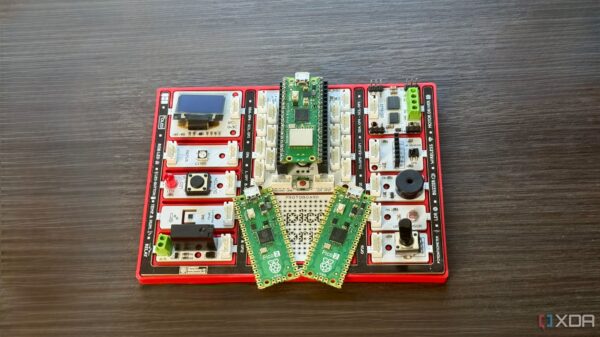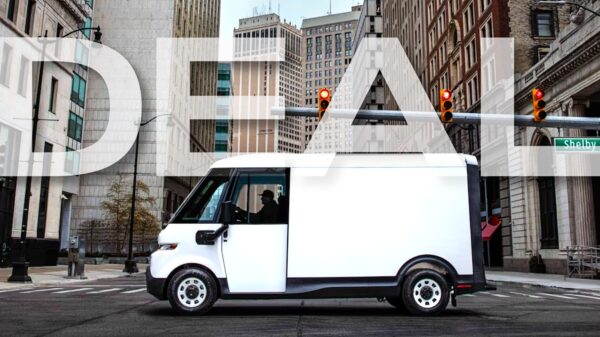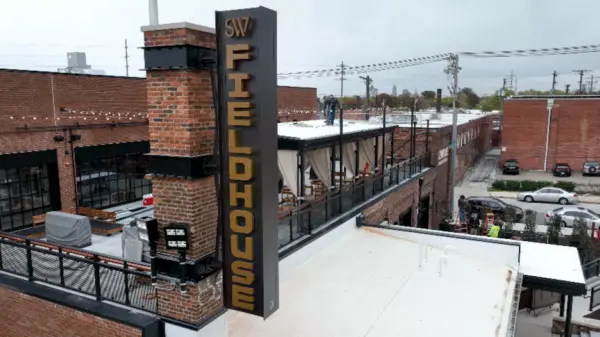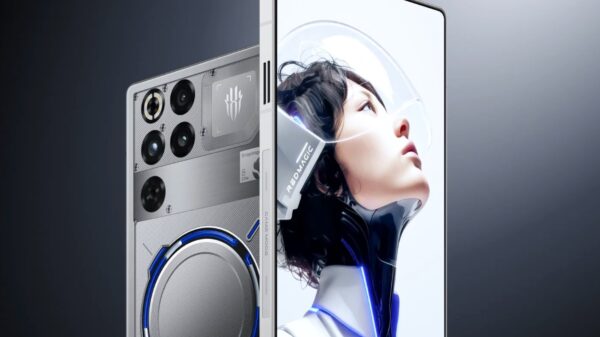BREAKING: A groundbreaking advancement in robotics has just been announced by a team of researchers led by Dr. Lin Cao from the University of Sheffield. This innovative research redefines a long-standing flaw in robotics as a powerful feature, unveiling a revolutionary method for robots to move, morph, and even “grow” with unmatched dexterity.
The study, published in the prestigious journal Science Advances, introduces a concept called Hysteresis-Assisted Shape Morphing (HasMorph). This could transform the design of flexible robots for critical applications in medicine, industry, and disaster response.
Traditionally, creating more dexterous robots meant adding more actuators, resulting in bulky, costly, and cumbersome machines. However, Dr. Cao’s team took a bold new approach, asking: what if fewer actuators could accomplish more? They harnessed a natural mechanical behavior known as hysteresis, which is often viewed as a hindrance in engineering.
Hysteresis occurs when a system’s motion does not perfectly retrace its path when forces are reversed. This can be seen in the slight delay when gear mechanisms switch direction. “Instead of fighting this effect, we decided to use it,” Dr. Cao stated. “Hysteresis can actually be harnessed to make robots remember their previous shapes and perform complex movements with minimal actuation.”
This innovation has resulted in three significant breakthroughs that could reshape the future of robotics.
Why This Matters NOW: The implications of HasMorph are vast and immediate. For example, in the field of minimally invasive surgery, a thin robotic endoscope could navigate effortlessly within the body, avoiding healthy tissue and safely reaching target organs. In search and rescue operations, robots equipped with this technology could maneuver through collapsed structures or rubble, potentially saving lives by locating trapped survivors. Additionally, in pipeline and structural inspections, these robots could explore tight and winding spaces without the need for bulky equipment or multiple motors.
“This could mean safer, less traumatic procedures for patients,” emphasized Dr. Cao. “For roboticists, HasMorph represents a paradigm shift — it demonstrates that achieving more dexterous motion doesn’t always require more motors; it’s about designing smarter systems.”
As this research gains traction, attention will shift towards how industries can implement these advancements in real-world applications. The potential for improved patient outcomes in hospitals and enhanced safety in disaster scenarios could redefine how robotics are utilized across various sectors.
Stay tuned for further updates on this transformative technology that promises to change the landscape of robotics as we know it. The world of robotics is on the brink of a significant evolution, and the future is now.







































































